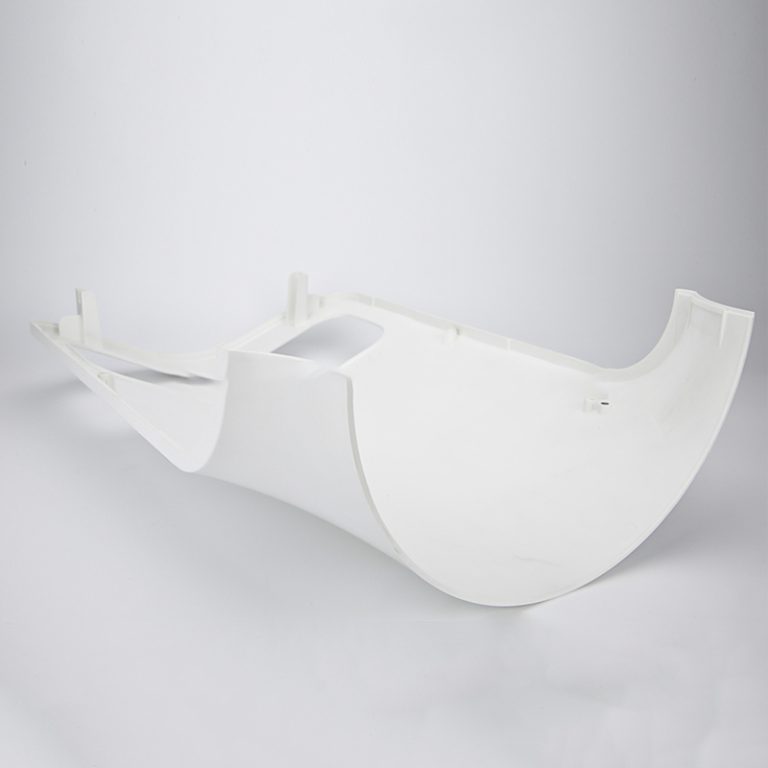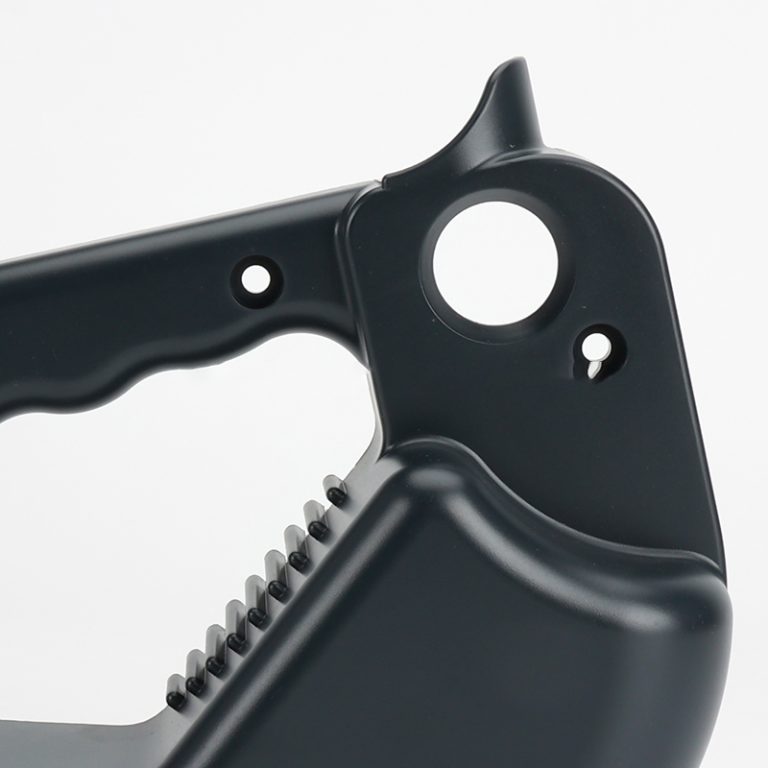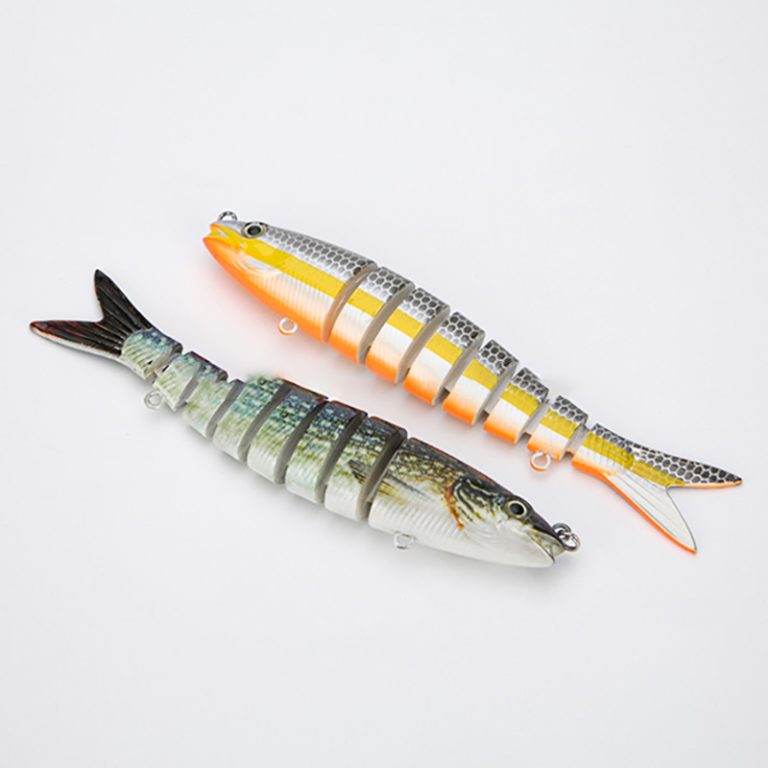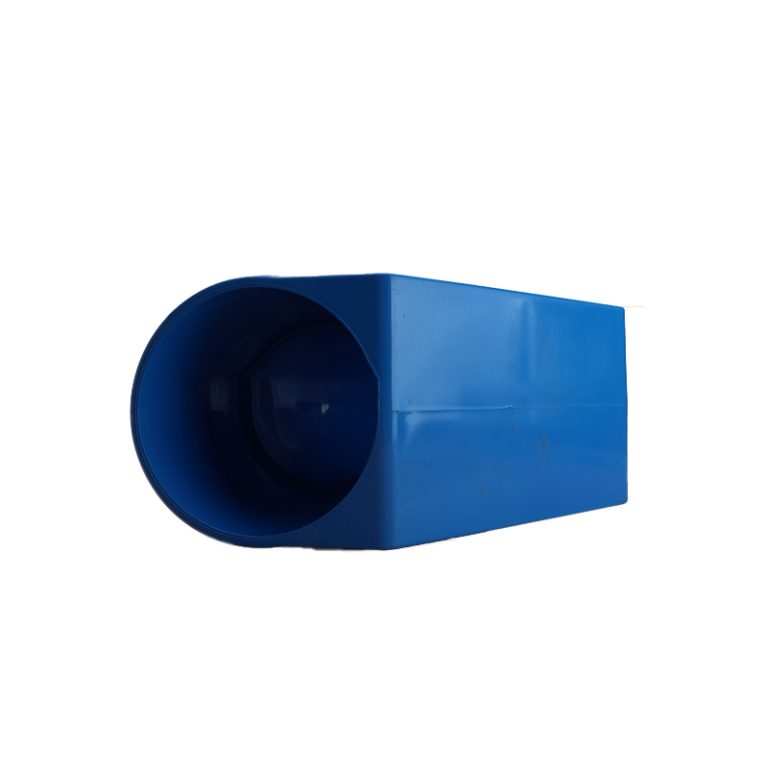The Benefits of Designing Plastic Parts for Injection Molding: How to Maximize Efficiency and Quality
Injection molding is a popular manufacturing process for producing plastic parts. It is cost-effective, efficient, and can produce high-quality parts with a wide range of shapes and sizes. Designing plastic parts for injection molding can help maximize efficiency and quality while minimizing costs.
When designing plastic parts for injection molding, it is important to consider the material, the shape of the part, and the molding process. The material should be chosen based on the part’s intended use and the environment in which it will be used. The shape of the part should be designed to minimize the number of parts and the complexity of the molding process. The molding process should be chosen based on the part’s size, complexity, and production volume.

| our services | size |
| one-stop services | customization |
Designing plastic parts for injection molding can help reduce costs by minimizing the number of parts and the complexity of the molding process. It can also help reduce waste by ensuring that the part is designed to fit the mold and that the mold is designed to produce the part with minimal waste. Additionally, designing plastic parts for injection molding can help reduce cycle time by ensuring that the part is designed to fit the mold and that the mold is designed to produce the part quickly and efficiently.
Designing plastic parts for injection molding can also help improve quality by ensuring that the part is designed to fit the mold and that the mold is designed to produce the part with minimal defects. Additionally, designing plastic parts for injection molding can help reduce scrap by ensuring that the part is designed to fit the mold and that the mold is designed to produce the part with minimal scrap.
Designing plastic parts for injection molding can help maximize efficiency and quality while minimizing costs. By considering the material, the shape of the part, and the molding process, designers can ensure that the part is designed to fit the mold and that the mold is designed to produce the part with minimal waste, cycle time, and scrap. Additionally, designers can ensure that the part is designed to fit the mold and that the mold is designed to produce the part with minimal defects.





